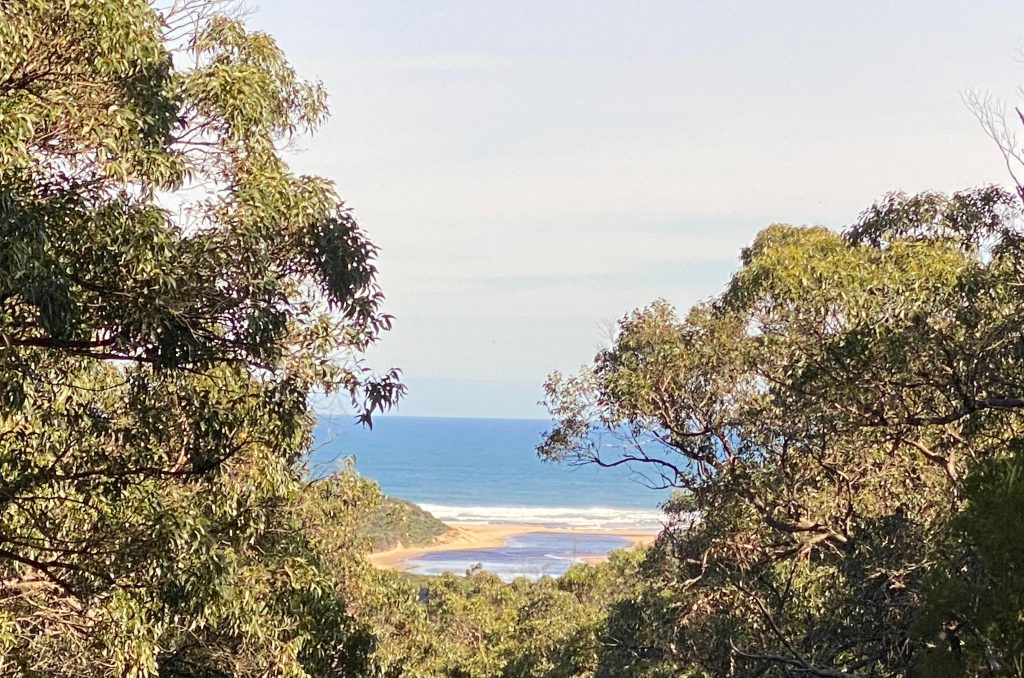The Corangamite coastal environment is naturally dynamic and is constantly changing and evolving. It changes through the influence of wind, tides, waves and weather systems. Within reason, we must plan for and adapt to natural changes. This diversity and change reflect the dynamic, complex and interconnected nature of coastal and marine habitats.
The coastal and marine areas of the region are part of Traditional Owners’ Country. Aboriginal people have a deep connection with Country, which is central to their spiritual identity. This connection remains despite the many Aboriginal people who no longer live on their Country. Aboriginal people describe Country as sustaining and comforting, fundamental to their health, their relationships and their culture and identity.

The marine and coastal environments within the Corangamite region are highly diverse. Marine habitats include intertidal rocky reefs, shallow rocky reefs, deep rocky reefs, pelagic waters, sand beaches, subtidal sandy and muddy seabeds, and intertidal mudflats (Parks Victoria, 2003). Coastal habitats are dominated by a variety of vegetation classes, including Coastal Dune Scrub, Coastal Headland Scrub, Coastal Tussock Grassland, and Coastal Saltmarsh Ecological Vegetation Classes.
Under the Coast and Marine Theme in the Corangamite Regional Catchment Strategy are two Sub-themes:
Regional Outcomes
20 Year Outcome
By 2042, an increase in the extent and condition of coastal habitats, together with improved water quality flowing into the marine environment, contributes to building a healthy, dynamic and biodiverse marine and coastal environment.
6 Year Outcome
By 2027, proactive management of coastal ecosystems by land managers and the community results in a net gain in the health and resilience of the region’s highly valued marine and coastal environment. MO1
Regional Priority Directions
The following priority directions have been developed to deliver the 6 year outcomes identified for the Coast and Marine Theme. They were developed through community consultation across the the nine Landscape Systems and will provide the basis for localised action. Landscape specific priority directions can be found here.
| Code | Priority Direction | Lead | Collaborators |
| M1 | Develop and implement a monitoring and evaluation framework that enables timely adaptive management and decision making. The framework will allow for: 1) accessible monitoring frameworks and repository of the region’s NRM resource data 2) develop measures and assessments to determine the community’s awareness of the natural values, their connection to these and their willingness to protect, enhance, and restore these 3) reporting to the community on implementation progress. | CCMA | CPA Partners |
| M2 | Build research and knowledge, including Traditional Owner knowledge of coastal / marine systems and threatening processes to inform adaptive management and mitigation. | CCMA | EMAC, WTOAC, DELWP |
| M3 | Manage upstream impacts to mitigate impacts on the coastal and marine environments. | CCMA | AgVic, DELWP, Local Govt, Landcare |
| M4 | Regularly monitor the quality of the coastal environment to establish a baseline, identify change, and actively manage issues as they arise. | DELWP | CCMA, GORA, Local Govt, EPA, Landcare/Community Groups |
| M5 | Explore carbon sequestration opportunities to deliver both climate and catchment/biodiversity benefits. | CCMA | Universities, DELWP |
| M6 | Review relevant strategies and action plans to identify and reduce stressors on coastal and marine environments. | DELWP | CCMA, GORA, BB, BC, Local Govt |
| M7 | Support Original Custodians (Traditional Owners) to manage the marine and coastal environment and to share cultural knowledge. | CCMA | DELWP, EMAC, WTOAC, GORA |
| M8 | Participate in the development and implementation of a process for the provision of coastal erosion advice for long term planning, management and adaptation. | DELWP | CCMA, GORA, BB, BC, Local Govt |
| M9 | Ensure planning for development considers, minimises and where possible avoids adversely impacting waterways, salt marsh vegetation, coastal sand dunes and beaches. | Local Govt | CCMA, DELWP, GORA |
Relevant Coast and Information Sources
The following documents have been referred to in developing the Coast and Marine theme:
Corangamite Natural Resource Plan for Climate Change
Port Phillip (Western Shoreline) and Bellarine Peninsula Ramsar Site Management Plan



